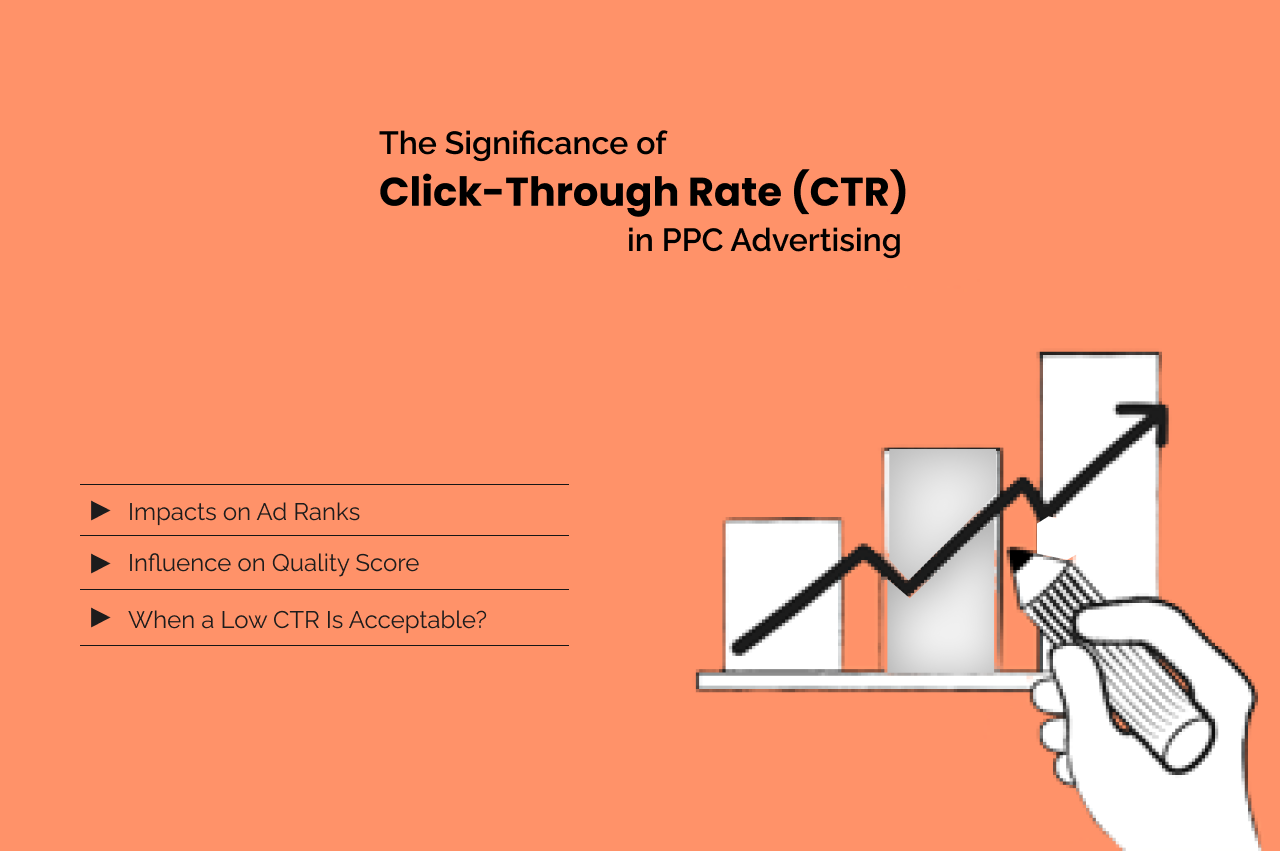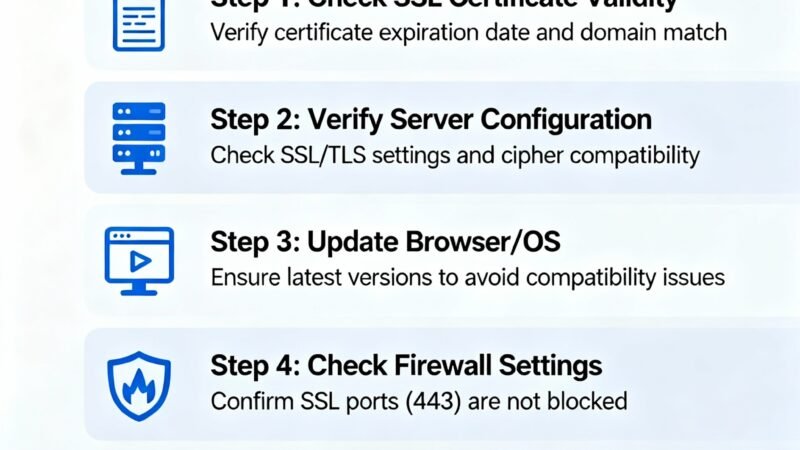The Significance of Click-Through Rate (CTR) in PPC Advertising

In the realm of pay-per-click (PPC) advertising, the click-through rate (CTR) holds a pivotal role, acting as a barometer for the relevance of your ads to potential users. This article delves into the intricacies of click through rate, exploring its definition, the factors influencing what constitutes a good CTR, and its profound impact on both ad rank and Quality Score.
Understanding Click-Through Rate (CTR):
Click-through rate is a fundamental metric, representing the percentage of impressions that culminate in a click. For instance, if your PPC ad garners 1,000 impressions with one click, your click through rate is 0.1%. CTR serves as a gauge of how users perceive the relevance of your ad; a high CTR suggests strong relevance, while a low CTR indicates otherwise.
Determining a Good Click Through Rate:
The question of what constitutes a good click through rate lacks a one-size-fits-all answer. It varies based on industry, the keywords in play, and individual campaigns within a PPC account. Branded keywords may yield double-digit CTRs, emphasizing the significance of brand recognition. Conversely, broad, non-branded keywords might result in CTRs below 1%. Advertisers must recognize the contextual nature of click through rate metrics.
Impacts on Ad Rank:
Beyond a measure of relevance, click through rate plays a pivotal role in determining Ad Rank. Which influences the position of your ad on search engine results pages. Advertisers with higher Ad Ranks secure top positions, and click through rate significantly contributes to this ranking. Google’s Ad Rank formula considers both actual click through rate and expected click through rate, with a history of low CTR potentially affecting the placement of new ads.
Influence on Quality Score:
Quality Score, another critical aspect of PPC advertising, gauges an advertiser’s relevance concerning keywords, ad copy, and landing pages. It is a key component of Quality Score, alongside ad relevance and landing page experience. A high CTR enhances the likelihood of achieving a favorable Quality Score, emphasizing the need for advertisers to focus on improving click through rate for better overall campaign performance.
When a Low CTR Is Acceptable?
While a high CTR is generally sought after, there are instances. Where a low click through rate may be acceptable or even advantageous. Ambiguous keywords like “security” may generate diverse search intents. A low CTR might be tolerated if the keywords deliver leads or conversions aligned with the business objectives. Performance metrics should always guide decisions, and a low click through rate may be acceptable if other key performance indicators are met.
In the dynamic landscape of PPC advertising, understanding and optimizing for click through rate is crucial for advertisers. While a good CTR signifies relevance and contributes to favorable ad placements. It is essential to balance CTR and broader business metrics. Successful PPC campaigns require a nuanced approach that prioritizes user engagement and business objectives, ensuring a holistic and effective advertising strategy.






